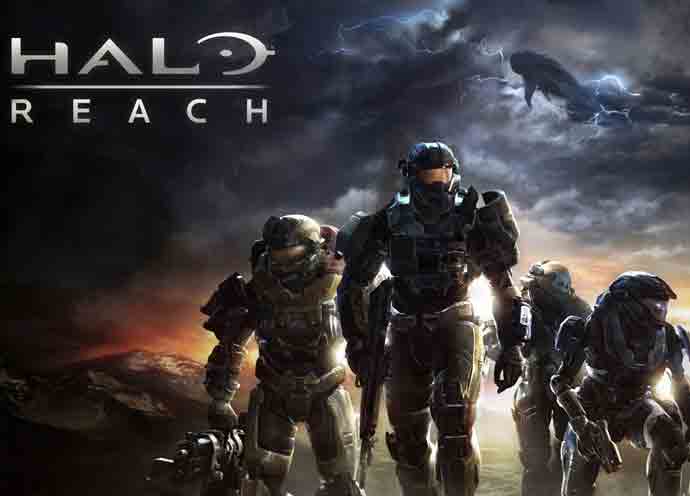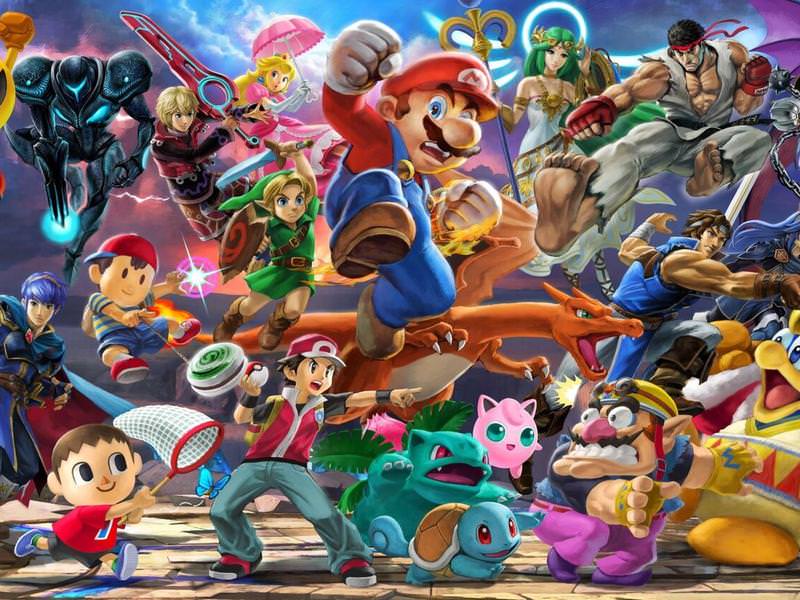‘Halo Reach’ Game Review

Halo Reach (Microsoft)
By now it is a cliché to call Halo Reach the “ultimate Halo experience.” Such a slogan is inevitable, since this of course is Bungie’s final Halo title, but it might be the only appropriate way to truly evaluate the game. On the titular planet, Reach depicts humanity’s ill-fated last stand against the Covenant, a united empire of extraterrestrial zealots intent on our destruction. These events lead right into the first game Halo: Combat Evolved, bringing the series full circle. However, since the second game’s release in 2004, the actual plot of the series has only been half of Halo’s legacy. We’re now at a point where multiplayer is so ubiquitous that lack of it seems to be a red flag to any publisher hoping to boost their annual revenue (see Bioshock 2 and the upcoming Dead Space sequel). Fortunately Halo has always been built to be an accessible multiplayer experience. Halo Reach delivers the full package: it does what it does best and nothing more.
You play Noble 6, the newest member of Noble Team, an elite squad of super soldiers known as Spartans. Any notion that the characters in the Halo games are supposed to be at all relatable or even identifiable should be thrown out immediately. Sure, these characters are one-dimensional, but at least we can see what Bungie is going for during this pivotal moment in the Halo timeline. It’s a story of sacrifice and while it’s pretty hard to become truly attached to the stoic clichés that the Noble Team embodies, we do get a sense of the conflict’s scope.
The combat and game play remain strictly Halo, with a few modern updates — the most apparent being the power armor abilities. The default ability itself allows one to sprint, something that has become a staple of modern first-person shooters. For this series, the absence of a sprint function has been felt for some time. This limitation became most obvious three years ago when the first Modern Warfare overshadowed Halo 3. While this may not be the most revolutionary approach to an FPS in 2010, armor abilities that swap out force the player to choose how he will approach the next battle. This works well for the series that brought weapon-swapping to the forefront in 2001. However, reinventing the wheel is not Halo Reach’s strong point. What it does best is cementing its core design.
Reach is at once the most balanced and most challenging game in the series. The bigger enemies such as the Elites and Hunters are considerably tougher. The weapons themselves have been redesigned to function more efficiently for their intended purposes. For example the DMR (Designated Marksman Rifle) fires a succinct more powerful shot than the standard short burst scoped Assault Rifle from Halo 2 and 3, which makes for a better mid-to long range weapon. There is also more variety in the game’s level design. Gone are the days where Master Chief would run down the same ancient utilitarian alien corridor a thousand times over. The levels range from grand valleys, futuristic cites, zero gravity Covenant ships to Spaceship dog fights. Each level in the campaign knows when a certain idea might become too stale. So when it feels like the ground combat might become too repetitive it’ll throw in a vehicle section, which has always been one of Halo’s strong suits.
The multiplayer is as accessible as ever. The lobbies find games quickly and the lag is minimal. Firefight, a kill-the-enemy-horde-wave-by-wave mode introduced in last year’s Halo 3: ODST, has been greatly improved and now includes matchmaking. The whole game is completely customizable, from the enemies fought in each wave of Firefight to the actual levels themselves in the new Forge mode. The Theater mode now allows you to watch any game you’ve played including previously played campaign levels.
Halo Reach is not perfect however. While the game does find its own voice amongst the glut of contemporary shooters it still doesn’t exert itself from the genre’s problems. While the enemy AI is seamless, the friendly AI still appears to be alternately incompetent at one moment and then too proficient with its aim the next. Also the aforementioned one-dimensionality of the characters at times keep the story from reaching the depth and gravitas the game aims for. Bungie has strived to make Halo Reach the series’ most well-rounded experience to date, with only a few dents in its well-worn Spartan armor.





